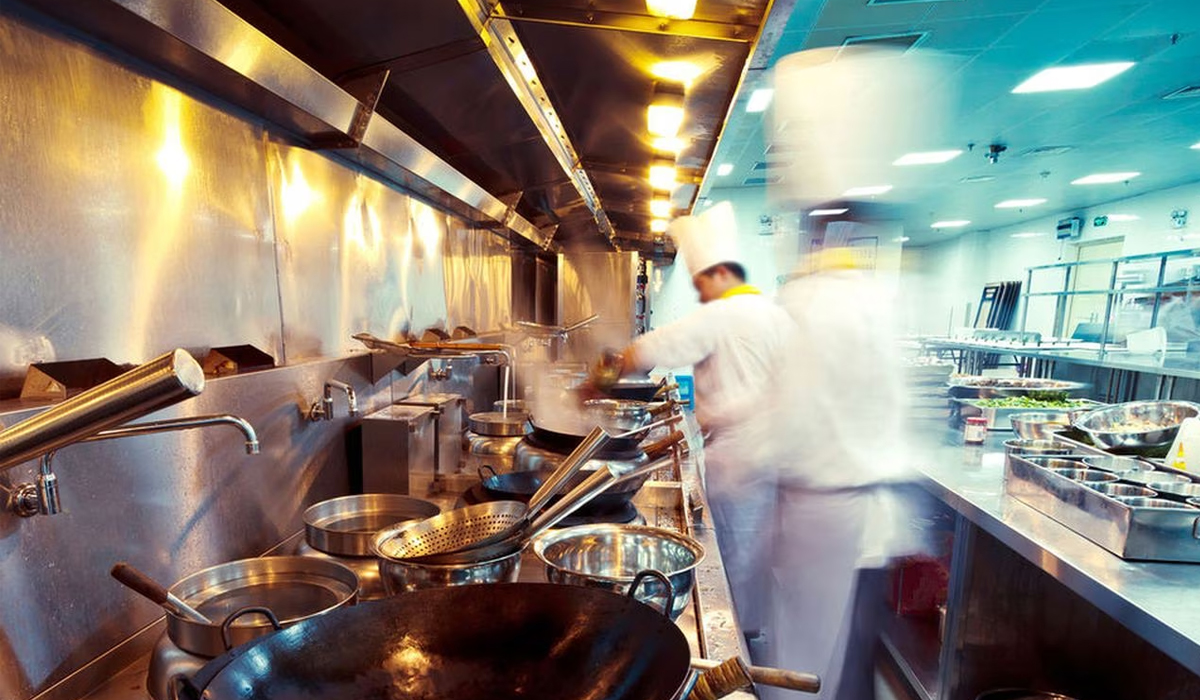
The Menace of Mold in Restaurants: Causes, Prevention, and Remediation
Mold, a ubiquitous and potentially hazardous microorganism, poses a significant threat when it infiltrates the premises of restaurants. Beyond its unsightly appearance, mold can compromise the health and safety of both customers and restaurant staff. In this article, we delve into the various aspects of mold infestations in restaurants, exploring its biology, identifying signs of growth, understanding its health implications, and offering comprehensive strategies for prevention and remediation.
Understanding Mold in Restaurants:
Mold, a type of fungus, thrives in damp and dark environments. Its life cycle begins with tiny spores that disperse through the air and settle on surfaces, awaiting the right conditions for growth. In restaurants, where moisture and warmth often abound, mold can rapidly colonize various areas, leading to health concerns for all who frequent the establishment.
Common Types of Mold Found in Restaurants:
Aspergillus, Cladosporium, Stachybotrys chartarum (commonly known as Black mold), and Alternaria are among the most prevalent types of mold found in restaurant environments. Each possesses distinct characteristics and health implications, making their identification crucial for effective remediation.
Identifying Mold Infestation:
Visible signs of mold growth, such as dark spots or fuzzy patches on walls, ceilings, or food storage areas, are often telltale indicators. Additionally, the musty odor permeating the air may signal concealed mold growth in hidden nooks and crannies. Conducting routine mold inspections and employing specialized equipment can help detect concealed mold before it becomes a pervasive issue.
Causes of Mold Infestation in Restaurants:
Several factors contribute to mold growth in restaurants. Chief among them is moisture intrusion, resulting from leaky plumbing or roof leaks. Poor ventilation and high humidity levels also create an environment conducive to mold proliferation. Furthermore, improper food storage practices and the presence of mold-contaminated ingredients can introduce spores into the restaurant environment. Inadequate cleaning and maintenance may allow mold to flourish in less accessible areas.
Health Implications of Mold Exposure:
Mold spores, when inhaled or come into contact with the skin, can cause various health issues. Respiratory problems, such as allergies, asthma exacerbation, and respiratory infections, are common among individuals exposed to mold. Furthermore, mold exposure may trigger skin and eye irritation, along with nasal congestion and sneezing. Certain molds can also produce mycotoxins, posing potential dangers to human health when ingested or inhaled.
Preventive Measures against Mold Growth:
To combat mold growth in restaurants, implementing proper ventilation systems and maintaining HVAC units is crucial to regulate indoor air quality. Employing air purification techniques can help mitigate mold spores present in the atmosphere. Controlling humidity levels through the use of dehumidifiers and regular monitoring is essential in preventing mold development. Additionally, adhering to proper food storage and handling practices, such as the First In, First Out (FIFO) inventory management system and meticulous refrigerator maintenance, can minimize mold-contaminated ingredients. Establishing regular cleaning protocols with mold-resistant cleaning agents is paramount in combating the accumulation of mold in hidden and hard-to-reach areas.
Staff Training and Awareness:
Restaurant employees should be educated about mold prevention and equipped to recognize and report potential mold issues promptly. Fostering a staff hygiene culture ensures proactive mold prevention, a safer environment for all.
Professional Mold Remediation:
When mold infestation exceeds manageable levels, it is essential to engage certified mold remediation specialists. Mold experts assess growth, employ safe removal, and prevent future infestations.
Legal and Regulatory Aspects:
Health codes and standards govern restaurant operations and require establishments to maintain a safe and hygienic environment. Failure to address mold infestations promptly may lead to legal liabilities and potential lawsuits. Understanding insurance coverage for mold-related incidents is also vital in protecting the restaurant’s interests.
Monitoring and Maintenance:
Regular inspections and monitoring are crucial in identifying potential mold issues early on. Regularly updating measures maintains mold prevention effectiveness, safeguarding patrons and staff well-being.
Conclusion:
Mold in restaurants is a serious concern that demands immediate attention. Understanding the causes and health implications of mold infestations empowers restaurant owners and staff to take proactive steps in preventing mold growth. By implementing preventive measures, investing in staff training, and addressing mold issues promptly through professional remediation, restaurants can create a safe and enjoyable dining environment for all. A collaborative effort to combat mold ensures a healthier and more satisfying dining experience for patrons and employees alike.




